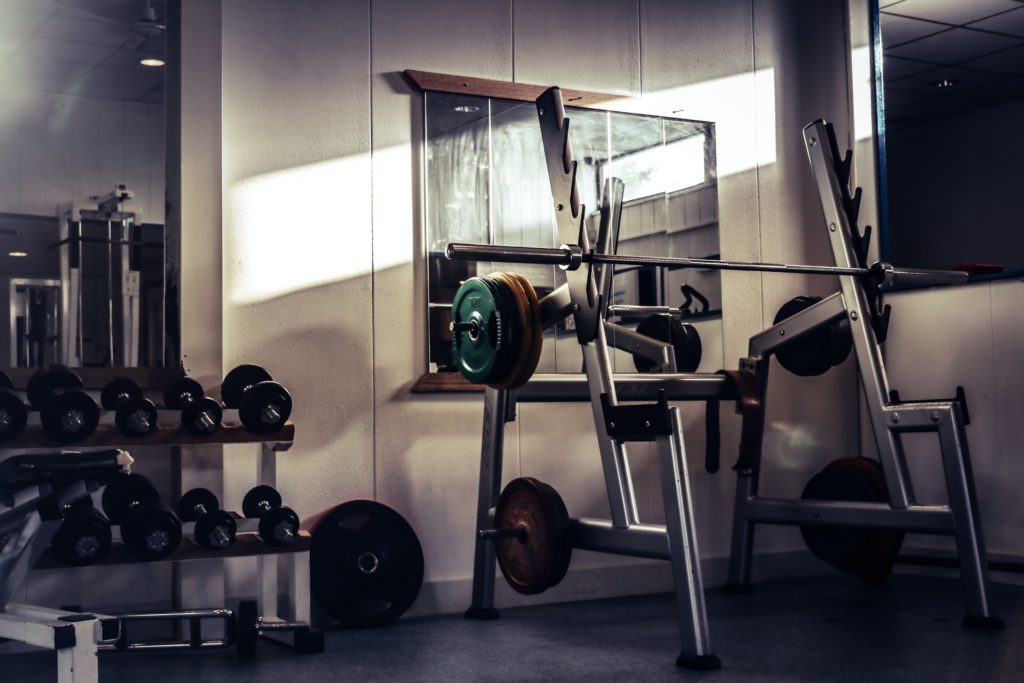Get Stronger and Faster With Strength Training

I have been running for over 15 years. When I first started running, I was going to the gym and strength training but I didn’t understand the importance of incorporating strength training into my training plan. It was just something I did. I didn’t understand how I would get stronger and faster with strength training.
Over the years, I dropped strength training during my run training cycles. I only used strength training in the off-season and thought that was enough. Today, as I am 9 weeks away from running at the Canyons 100, strength training has been reintroduced into my training routine. You may be asking yourself why now.
The answer is simple. Strength training allows me to get stronger, and thus faster, than just running alone. As the cliche goes: Variety is the spice of life. Having a variety in my training routine has given me the opportunity to get faster because I am stronger.
As I have coached and advised athletes throughout my life, I have always told them that the fastest runners are able to be fast because they have the strength to hold that effort longer than the ‘weaker’ competitor.
Importance of Strength Training for Runners
Strength training helps athletes improve their form and mechanics. With improved form and mechanics you are able to be faster. Notice I said be faster, not get faster. There is a difference between the two. You get faster by working on your speed through various interval type workouts. You can be faster because you have the proper form and mechanics.
Which Strength Exercises Are Important ? Why?
- Squats: Squats help to strengthen the muscles in the lower body, including the glutes, quads, and hamstrings, which are all essential for running form and mechanics.
- Lunges: Lunges target the same muscle groups as squats but also help to improve balance, coordination, and stability, which are important for maintaining proper form while running.
- Deadlifts: Deadlifts are a compound exercise that targets the muscles in the lower back, glutes, and hamstrings, which are all essential for good running form and mechanics. Deadlifts also help to improve posture and strengthen the core muscles.
- Plyometric exercises: Plyometric exercises such as box jumps and jump squats help to improve explosive power, which is important for sprinting and improving running speed. These exercises also help to strengthen the muscles in the lower body, which can improve overall running mechanics.
Benefits of Strength Training for Runners
Incorporating strength training into a running training program can help to improve overall fitness, increase running performance, and reduce the risk of injury. Consider the idea of not being injured and how you’re able to get out the door to run further and more often. That helps to increase your fitness and thus performance. Combine each of those and you become a better runner.
4 Benefits of Strength Training for Runners
- Improved running form and mechanics: Strength training can help to strengthen the muscles used in running, which can lead to better running form and mechanics. This can help to reduce the risk of injury and improve overall running performance.
- Increased power and speed: Strength training exercises such as squats and deadlifts can help to improve leg strength and power, which can lead to increased running speed and improved running economy.
- Increased endurance: Strength training can also help to improve muscular endurance, allowing runners to maintain their pace for longer periods of time. This can be particularly beneficial for distance runners.
- Injury prevention: Strength training can help to strengthen the muscles and connective tissues in the body. This can help reduce the risk of injury while running, which is particularly important for runners. As runners, we can experience the repetitive impact of running which can lead to overuse injuries
You can search for how many times per week you should incorporate strength training. Each search will provide a different answer. The number of times comes down to what you are training for and how well you can recover. This is individual and has to be determined by the athlete as they move along in their training.
With that being said, incorporating strength training shouldn’t be ignored. You will get stronger and faster and benefit from having strength training incorporated into your plan.
As they say: don’t skip leg day. Get in the gym, get stronger and faster but more importantly be able to run for many years.
ADVERTISEMENT









